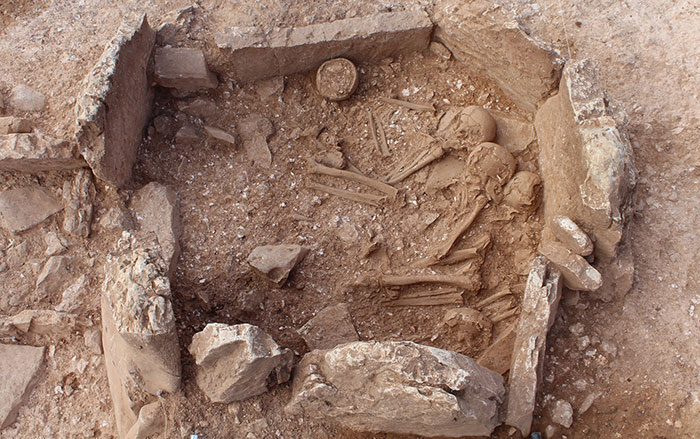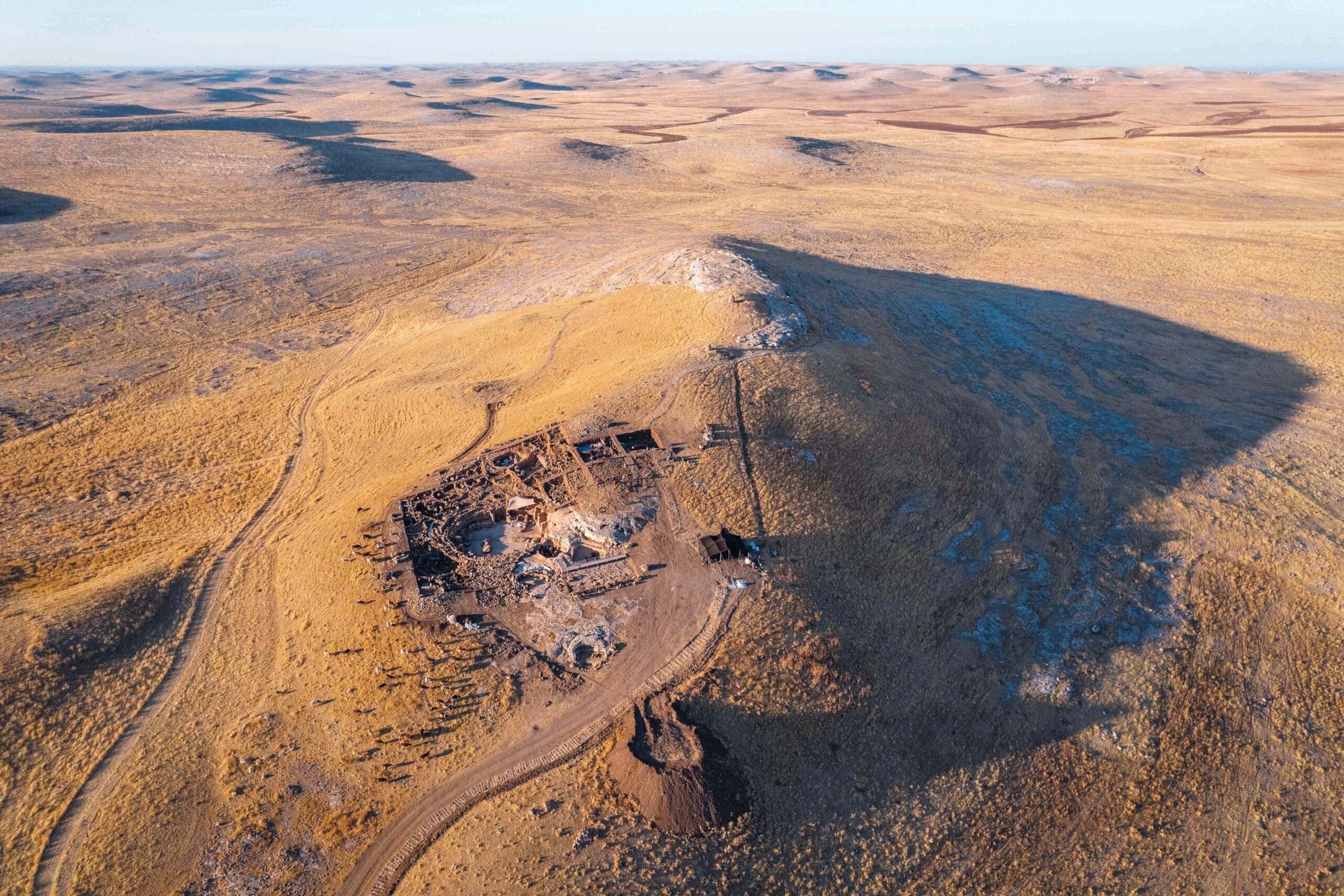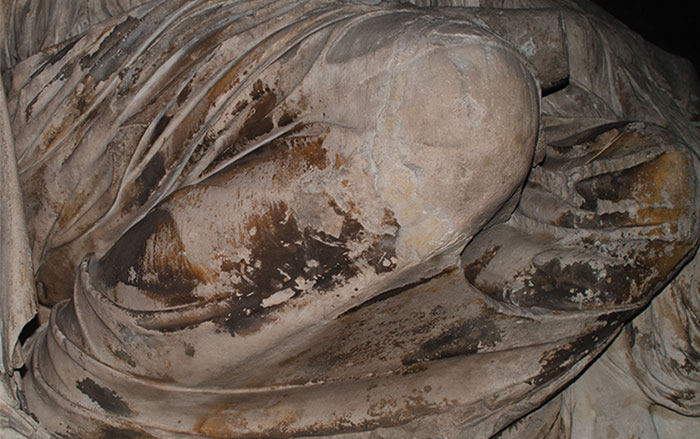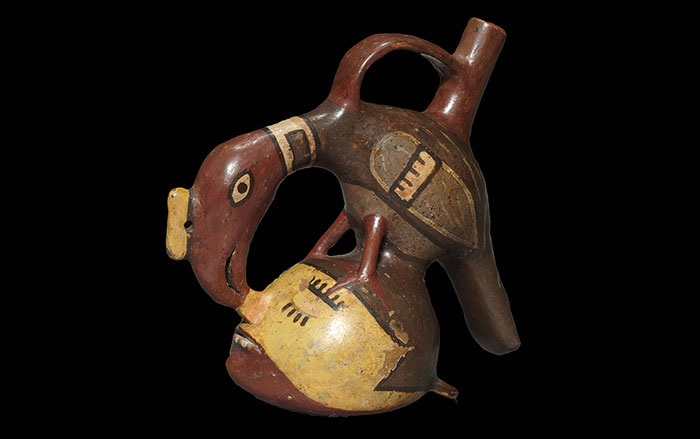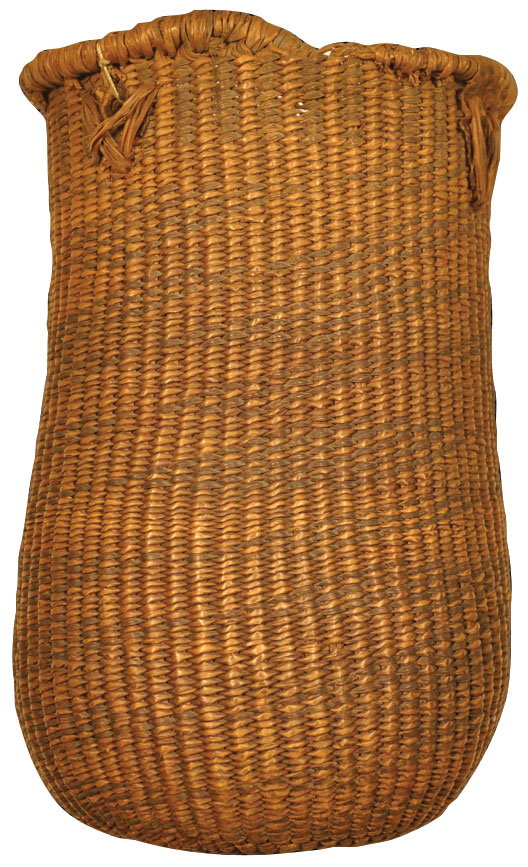
What is it?
Baskets
Material
Esparto grass
Culture
Mesolithic
Date
Ca. 7500 B.C.
Dimensions
From 3.8 to 5.1 inches tall
Found
Cueva de los Murciélagos, Spain
There are very few places on Earth where people can’t find twigs, reeds, blades of grass, or other resources to make a basket—and people always need a way to carry their belongings or food. The archaeological record, then, should include innumerable baskets from countless cultures. But because baskets have generally been made of perishable materials, ancient examples rarely survive. “Containers made of organic materials are the origin of storage objects,” says archaeologist Francisco Martínez-Sevilla of the University of Alcalá. “Without doubt, such containers must have been made in different parts of the planet at different times—the problem is, they aren’t preserved.” Several remarkable exceptions are the baskets that were discovered in Cueva de los Murciélagos, or Cave of the Bats, in southern Spain.

These baskets were found by miners in the mid-nineteenth century alongside about 30 desiccated corpses. The bodies’ current location is unknown, but they are thought to date to the same period as the baskets, which do not appear to have been used and were likely part of a funeral ritual. At the time the baskets were discovered, many scholars thought they were forgeries. It was not until the 1970s, when researchers dated them to the Neolithic period, about 6,500 years ago, that they were shown not just to be genuine, but also very ancient. Martínez-Sevilla has recently redated the baskets and found that they are even older and are, in fact, the oldest objects made from fibers ever found in Europe.
Craftspeople made the baskets using raw, unprocessed grass they collected in the summer and then left to dry for 20 to 30 days before rehydrating it for about 24 hours to make it pliable. They twined the fibers together to fashion the baskets and decorated them with red and green geometric motifs. “These baskets, and the craftspeople’s expertise, open our minds to the complexity of Mesolithic societies and their technical capabilities,” Martínez-Sevilla says. “Basket weaving involves the transmission of knowledge from one generation to another, and in the cases where they are preserved, baskets allow us to see how knowledge and cultural traditions are passed down.”





